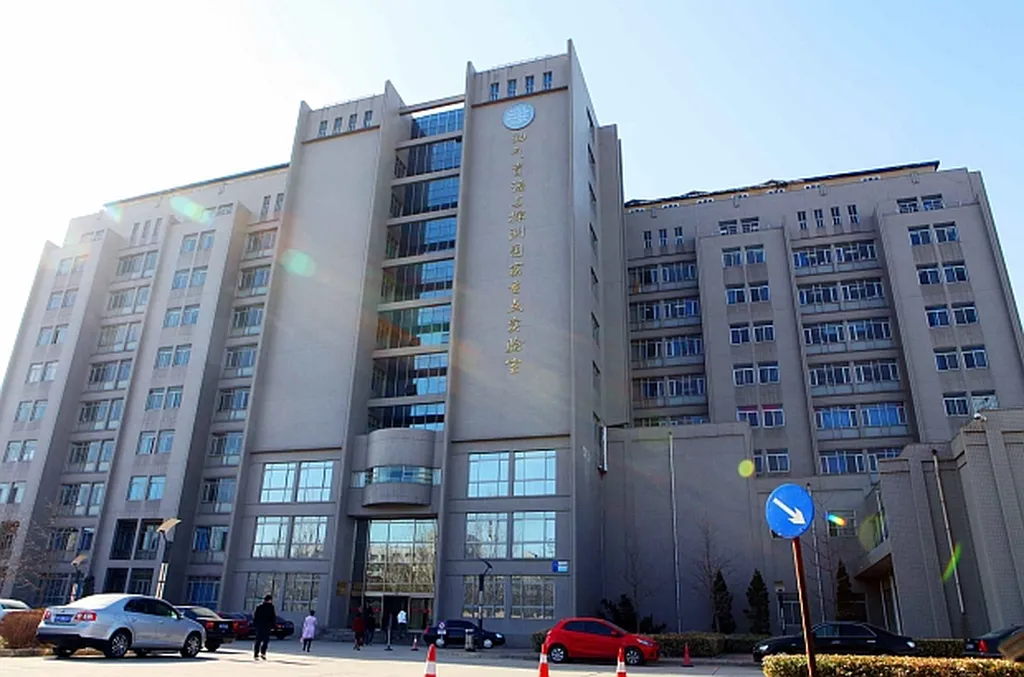In a groundbreaking development for sustainable construction, researchers have pioneered a novel approach to creating living building materials (LBMs) using 3D printing and mycelium, the thread-like structures of fungi. This innovative method, detailed in a recent study published in the journal *Materials & Design* (translated to English as “Materials & Design”), could revolutionize the energy sector by offering eco-friendly alternatives to traditional construction materials.
At the heart of this research is the development of nutrient-enriched soil inks that support the growth of mycelium, creating robust and self-regenerative building materials. Ehsan Baharlou, lead author of the study and a researcher at the School of Architecture, University of Virginia, explains, “We focused on calibrating nutrient levels to ensure that the mycelium could thrive within the soil composite while maintaining printability. This balance is crucial for the practical application of these materials in construction.”
The study found that adding 10% malt extract agar (MEA) to soil composites significantly enhanced mycelium growth, improving water-related properties and structural integrity. “The mycelial networks within the soil composite not only reduce shrinkage but also exhibit self-regenerative capabilities, bridging gaps within the material,” Baharlou notes. This self-healing property is a game-changer for the construction industry, offering materials that can repair themselves over time, reducing maintenance costs and extending the lifespan of buildings.
The implications for the energy sector are profound. Traditional construction materials often have high embodied energy and environmental impacts. In contrast, mycelium-based composites are sustainable and can be grown using renewable resources. “By integrating these living materials into construction, we can significantly reduce the carbon footprint of buildings and contribute to a more sustainable future,” Baharlou says.
The research also highlights the potential for large-scale applications. The ability to 3D print these materials means they can be tailored to specific architectural designs and structural requirements, offering flexibility and customization. “This technology opens up new possibilities for architects and engineers to design buildings that are not only functional but also environmentally responsible,” Baharlou adds.
As the construction industry continues to seek innovative solutions to reduce its environmental impact, this research provides a promising path forward. The development of mycelium-based living building materials represents a significant step toward sustainable construction, offering a viable alternative to conventional materials. With further research and development, these materials could become a staple in the construction of energy-efficient and eco-friendly buildings, shaping the future of the energy sector.

